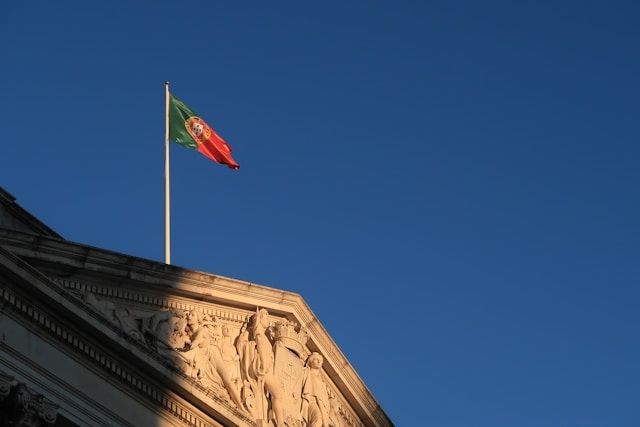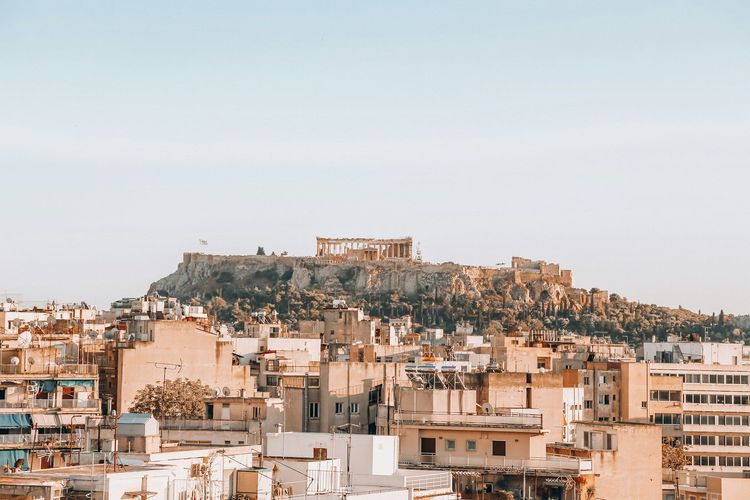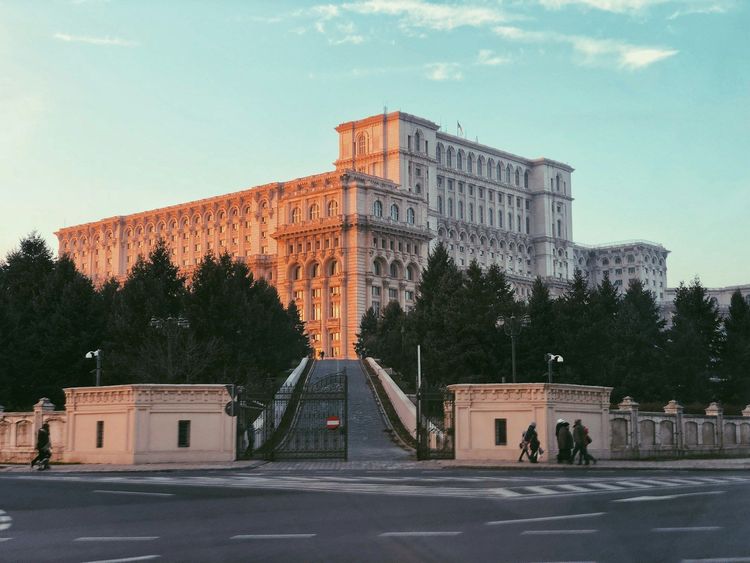Italy is a country that many dream of calling home. Magnificent landscapes, rich culture and world-renowned cuisine make it an attractive place to live. However, before moving to another country there is always a question: how comfortable is it to live there from a financial point of view? In this article we will look at the main aspects of living in Italy - housing costs, food prices and general standard of living. This will help you better understand how budget or expensive life in this amazing country can be.
Cost of housing
Renting a home in Italy costs differently. Many factors affect the price, from the size of the city/settlement to the popularity, business activity, and standard of living of the locals. For example, renting a large apartment of more than 100 square meters somewhere in the center of Rome will cost up to 1500 euros, while in Sicily similar housing will cost about 350 euros. In more densely populated places like Palermo, the price can increase two or more times. The location of the apartment in the city itself depends on the type of neighborhood: historical places will require more money than newer neighborhoods on the outskirts.
Considering that the average professional receives net income of no more than 1500 euros per month, the price of rent is a very significant expense. Taxes in Italy are quite high, so that a significant part of earnings will eat them.
In addition to this it should be remembered that the payment of utilities in Italy has a fixed minimum. Even if you have never been home and do not turn on appliances, you will still have to pay up to 20 euros for each type of service (water, electricity, gas, etc.) regardless of consumption. With normal consumption, the cost of utility bills will cost 50-70 euros. In winter, when electric heaters are used, costs can increase significantly. If there is no heating, families often resort to buying heaters, which increases the bills even more. For example, a gas cylinder for a stove costs about €28 and lasts for a month.
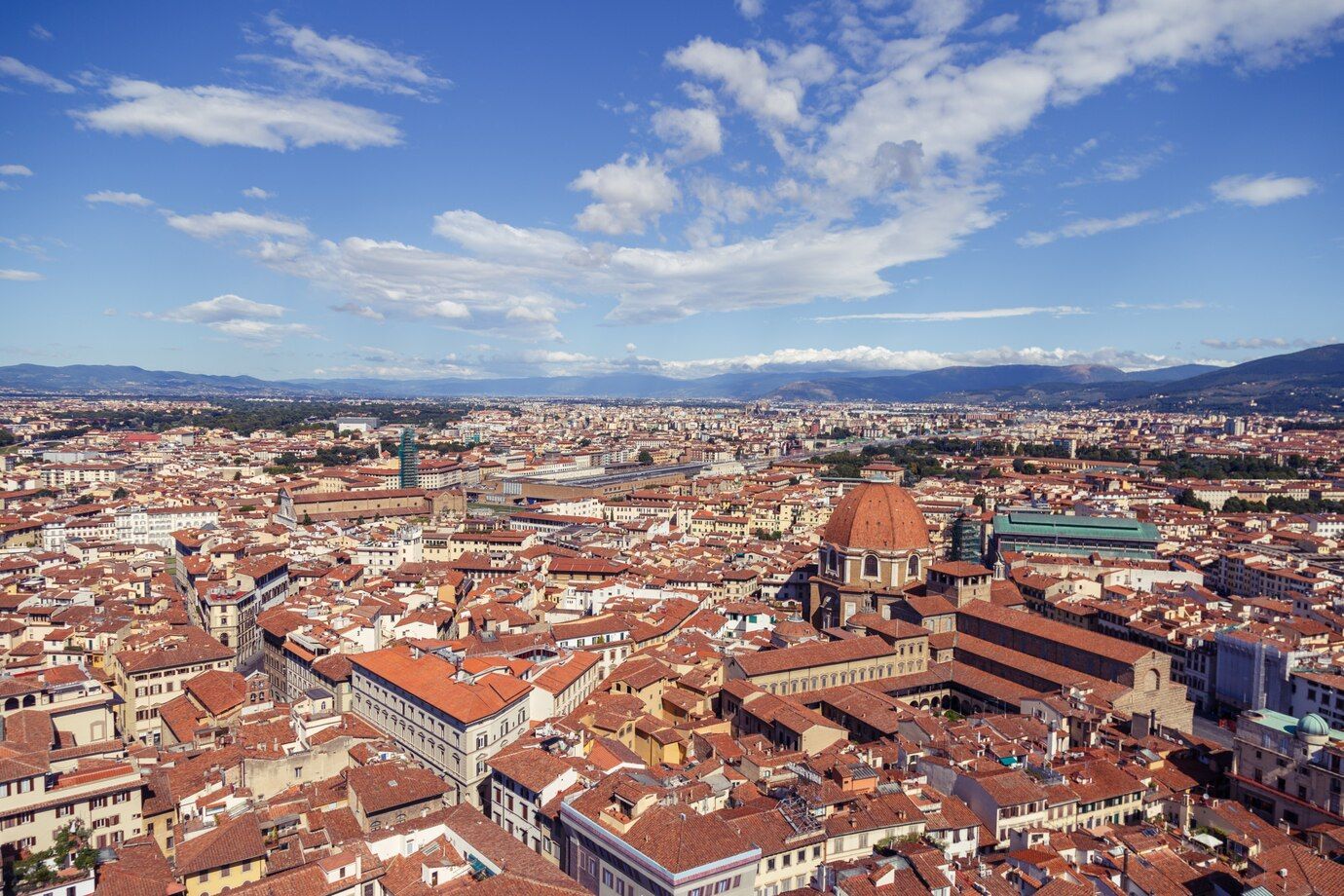
Although central heating is present in some houses, it does not help much in winter because of the utility companies' desire to save money. Gas bills in this case can be up to 250 euros, depending on the use of heating. In private homes, where you can also use fireplaces, you can save on gas by burning wood, whose cost rarely exceeds 20 euros per cubic meter.
As for water, its cost is approximately 35 euros for two people per month. But condominium fees can reach up to 300 euros, depending on the services provided and the wear and tear of the main communications.
Food costs
Food in markets is often more expensive than in large supermarkets. However, those who appreciate freshness and prefer shopping in the morning hours (markets are usually open from 8:00 to 13:00) can enjoy not only quality goods, but also a unique atmosphere filled with bright colors, aromas and variety. For example, in the markets, cheese prices start at €20 per kilogram, raw cured ham costs from €30, beef from €18, and fruits such as tomatoes and peaches are available from €2 per kilogram, cherries from €4.
On average, a couple in Italy spends around €100 on groceries per week. Economical families can get by with €50, while others can spend up to €150 or more.
Prices in cafes and restaurants vary depending on the city, the location of the institution (in the center is always more expensive) and its level. Thus, a dinner for two with wine in the center of Rome can cost from €40 to €70. However, if you go a little away from the tourist areas, you can find places where a lunch with soup and a glass of wine will cost only €5.
| Product |
Weight/Quantity |
Price (€) |
| Bread |
400 g |
0.75-1 |
| Pasta (Macaroni) |
500 g |
0.44-1 |
| Hard Cheese |
1 kg |
8-14 |
| Mozzarella |
250 g |
1.3-3.9 |
| Milk |
1 l |
0.75-1.4 |
| Eggs |
10 pcs |
1.59 |
| Rice |
1 kg |
1.19 |
| Olive Oil |
1 l |
2.8-4.9 |
| Sunflower Oil |
1 l |
1.6 |
| Salami |
1 kg |
10 |
| Meat Delicacies (e.g., Prosciutto) |
1 kg |
6-18 |
| Pork |
1 kg |
6 |
| Beef |
1 kg |
8-10 |
| Atlantic Cod Fillet |
1 kg |
4.1 |
| Octopus |
1 kg |
9 |
| Frozen Shrimp |
240 g |
4.5 |
| Dorado |
1 kg |
10 |
| Potatoes |
1 kg |
1 |
| Tomatoes |
1 kg |
1.5-2 |
| Carrots |
1 kg |
2 |
| Broccoli |
1 kg |
1.5-3 |
| Zucchini |
1 kg |
1.5 |
| Cucumbers |
1 kg |
1 |
| Nectarines |
1 kg |
1.5 |
| Apples |
1 kg |
0.8 |
| Bananas |
1 kg |
1 |
| Mushrooms |
1 kg |
4 |
| Coffee Beans |
1 kg |
14-25 |
| Ground Coffee |
250 g |
0.7-2.3 |
| Wine |
0.75 l |
from 2.69 |
| Water |
1.5 l |
0.24 |
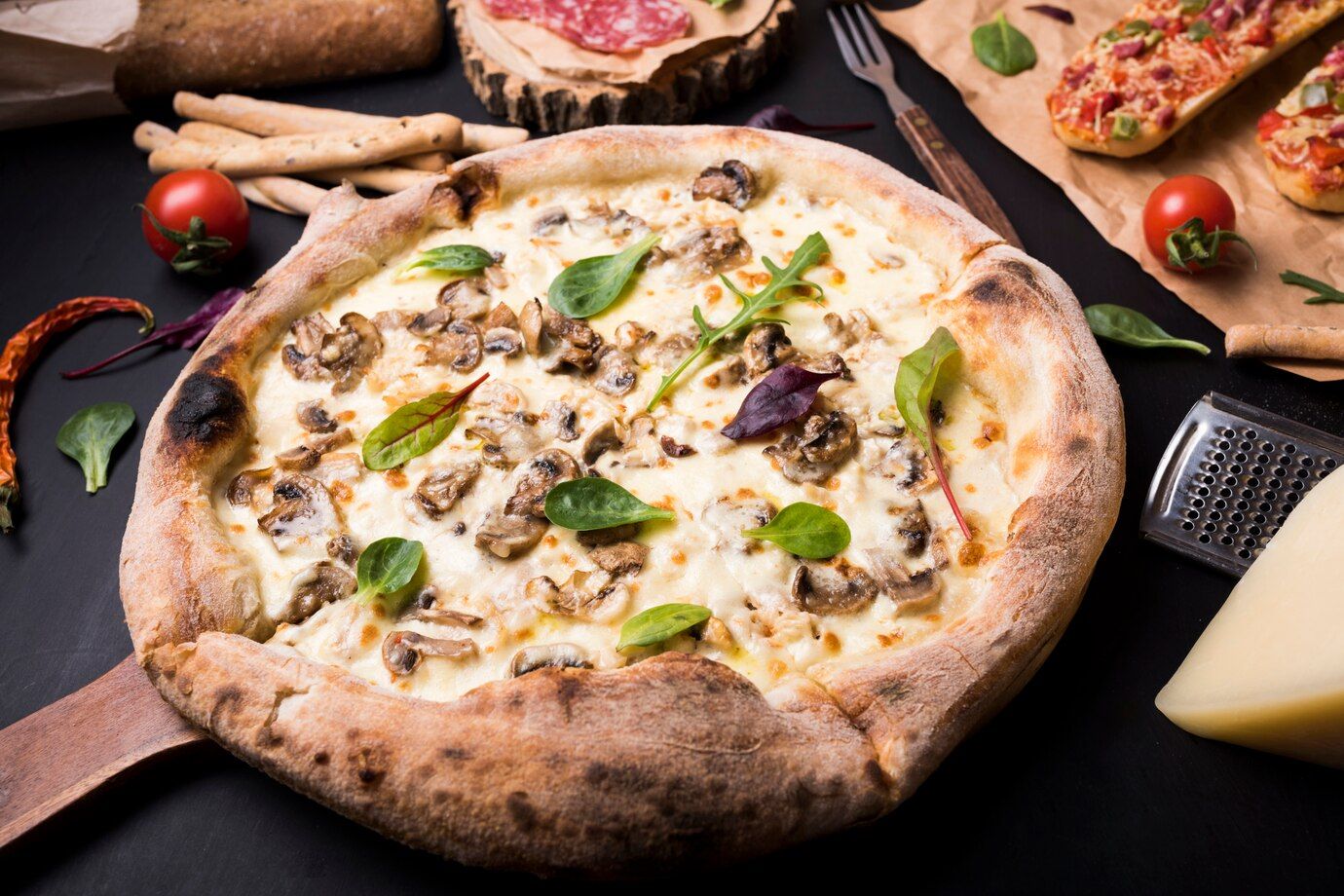
Approximate clothing costs
When it comes to buying clothes in Italy, the first thing that comes to mind is famous fashion brands, because for many people Italy is inextricably linked with the world of fashion. However, contrary to expectations, not all Italians follow the latest trends, and for most people convenience and price are more important. In the less affluent and rural regions of the country, people can wear both inexpensive clothes of unknown brands and designer clothes with equal ease.
In such areas, clothes are often bought at markets that operate several times a week or at affordable stores such as La Standa or Upim. In the mass market, outside of the sale period, clothing prices look like this:
- Jeans: €80-100
- Summer dress: €40-80
- Sneakers: €80-120
- Shoes: €70-100
Example of prices for clothes in Italian outlet stores
| Item |
Brand |
Price (€) |
| Polo |
Nike |
35 |
| Blouse |
Moschino |
40 |
| Sweater |
Gerard Darel |
50 |
| T-shirt |
Armani |
40 |
| Jeans |
Trussardi Jeans |
70 |
| Jeans |
Armani |
80 |
| Jeans |
Just Cavalli |
95 |
| Jeans |
Alberta Ferretti |
105 |
| Skirt |
Guess |
50 |
| Trousers |
Max Mara |
60 |
| Dress |
Max Mara |
80 |
| Men's Shirt |
Hugo Boss |
60 |
| Puffer Jacket |
Miss Sixty |
75 |
| Coat/Puffer Jacket |
Hugo Boss |
200 |
| Jacket |
Tommy Hilfiger |
100 |
| Boots |
Timberland |
50 |
| Flats |
Burberry |
100 |
| Heels |
Baldinini |
80 |
| Sneakers |
Moschino |
80 |
| Belt |
Armani |
50 |
| Bag |
Guess |
70 |
| Bag |
Alviero Martini |
120 |
| Bag |
Furla |
150 |
| Gloves |
Max Mara |
20 |
Transportation costs
Transportation costs in Italy vary depending on the chosen mode of travel and region.
Public transportation, including buses and trains, is usually a convenient and affordable option. In major cities such as Rome and Milan, a monthly public transportation pass costs around 35-55 euros. A single ride can cost between 1.50-2 euros, depending on the city.

Trains in Italy offer a variety of routes, including high-speed and regional trains. Tickets for high-speed trains can cost anywhere from 20 to 100 euros, depending on the distance and time of travel. Regional trains are usually cheaper, with prices starting at €5 for short routes.
As for road transportation, gasoline costs in Italy remain among the highest in Europe and can be around €1.75 to €2 per liter. In addition, car owners need to consider insurance, maintenance and parking costs, which can also be significant in large cities.
Thus, the choice of transportation in Italy depends on budget and needs, but public transportation is often a more economical option for traveling around the country.
Is it worth moving to Italy?
Italy offers not only breathtaking views, rich culture and history, but also a high standard of living that sets it apart from other countries. Picturesque cities, diverse nature, excellent climate and cuisine create an ideal living environment.
If you are thinking about moving, pay attention to special programs for foreigners, which will help to make this process easier and more convenient. The Italian government offers various options for those who want to live, work or invest in the country.
